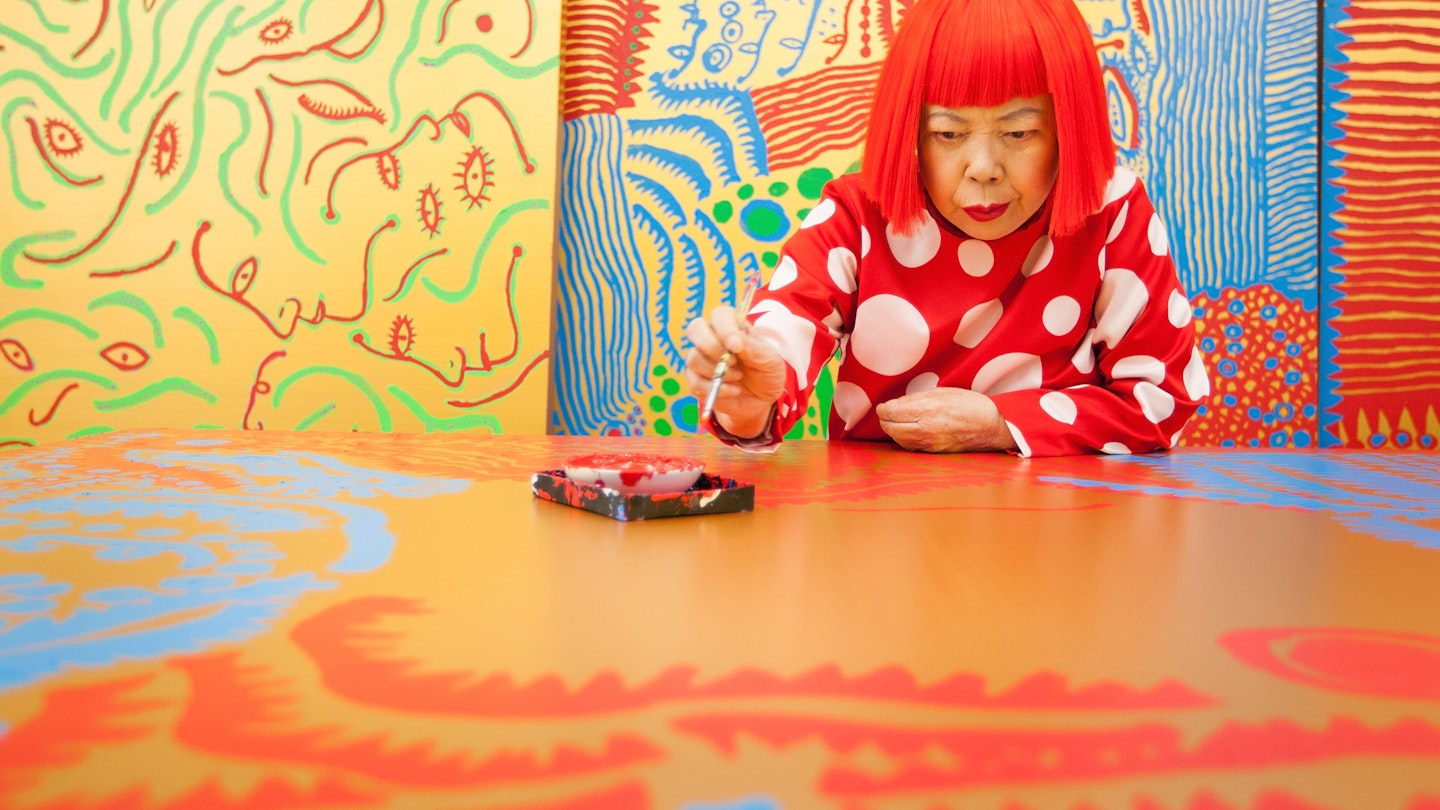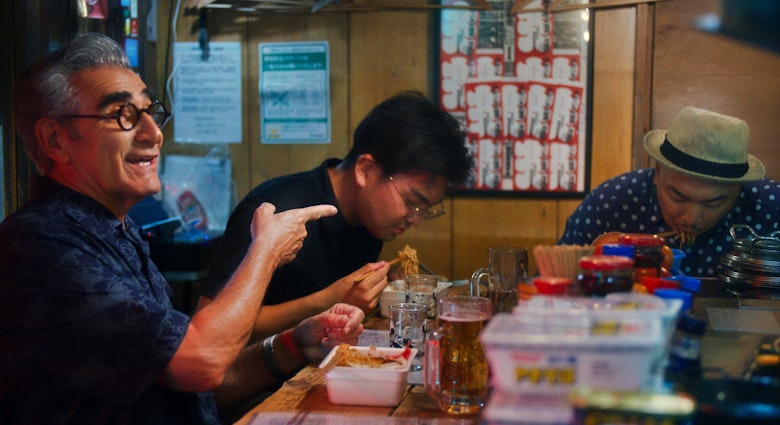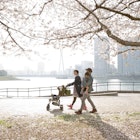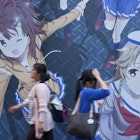In a city of ravenous for art, in Tokyo lines for exhibitions are as long as those for the latest pop idol's concerts.
The dozens of museums and galleries in Tokyo with dynamically changing exhibitions – from ukiyo-e woodblock prints to NFT gifs blinking on LED canvases – ensure even locals will never get bored. Whether local or international, there is always something new on show in the impeccable art halls of Japan's capital.
Weekends and holidays are best avoided if possible. And in this city of meticulous, perpetually full schedules, tickets should be bought in advance. Rarely is the entrance-ticket free, save for Culture Day (November 3). Most art institutions close on Mondays; the rest of the week, public ones shut their doors as early as 5pm, while private museums and galleries stay open longer.
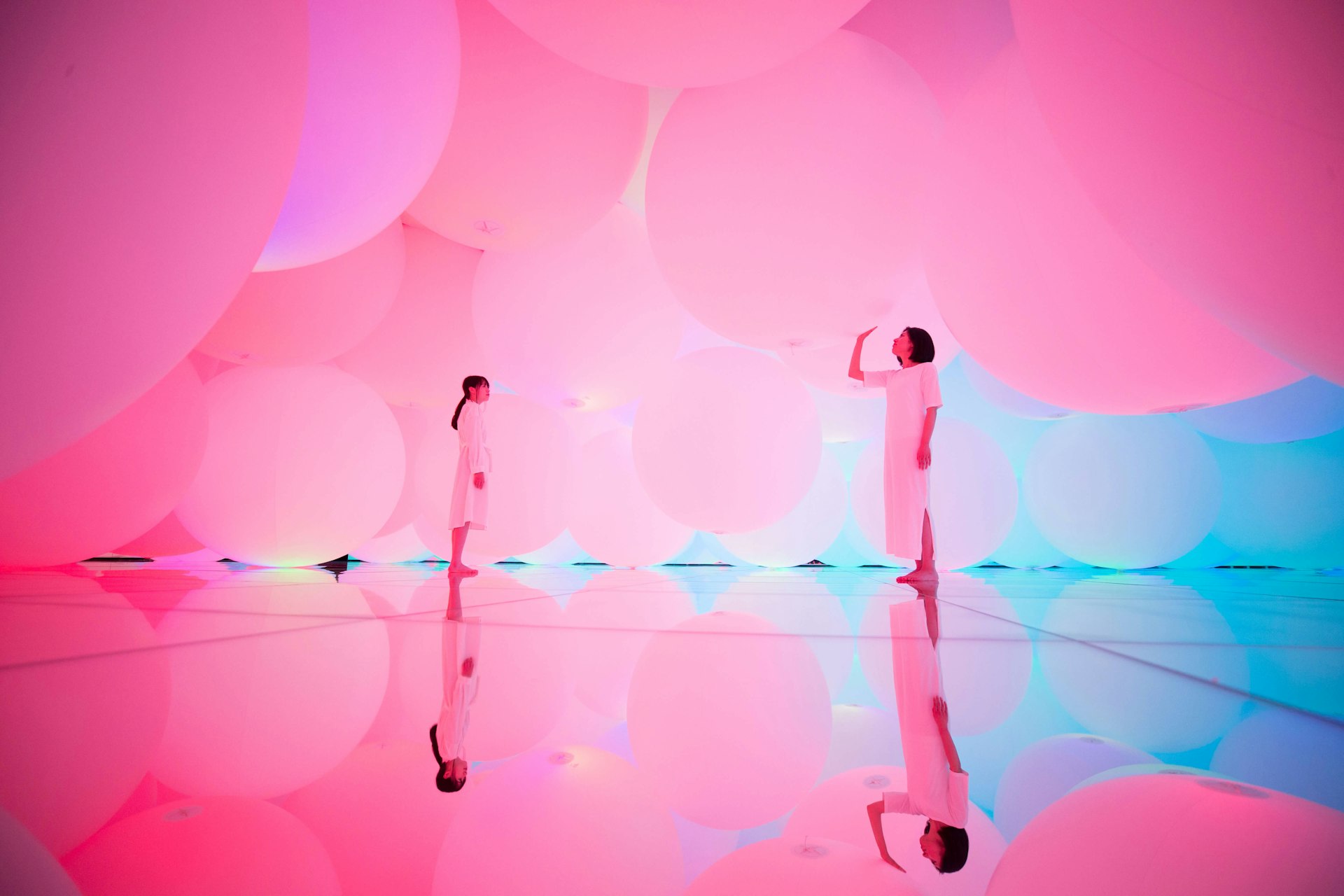
1. teamLab Planets
Best immersive museum in Tokyo
Not even a typhoon could deter the people lining up for one of the first teamLab exhibitions back in August 2016. Since then, the international art collective – composed of various specialists, such as artists, programmers, engineers, CG animators, mathematicians and architects – has been unstoppable.
teamLab Planets is a whimsical wonderland, one where you enter barefoot, climb a waterfall, step on flowers of light in silky warm water, and knock around giant colorful balls. In contrast to most museums, here you should touch the art, snap photos, proclaim your excitement and dive into the fun – in other words, truly immerse yourself.
There are four massive exhibition spaces and two gardens, with a living orchid exhibit and occasional seasonal additions, like cherry blossoms in March and April. In teamLab Planets' front yard stands the public art sculpture named Universe of Fire Particles Falling from the Sky, a lava-lamp-like beacon of digital flowing art. In the same area, Reversible Rotation – Non-Objective Space is a special mirror-walled art room where one can eat creative ramen offerings from Vegan Ramen UZU, surrounded by teamLab's unique spatial calligraphy projections. Tickets are purchased in advance, with a predetermined time slot.
2. Yayoi Kusama Museum
Most dynamic museum dedicated to a single artist
Run by the eponymous Yayoi Kusama Foundation, this museum opened in 2017 to have the art of its prolific avant-garde namesake always on display. Best known for her polka-dot pumpkins and infinity mirror rooms, the 93-year-old Kusama keeps creating today, with some of the works exhibited referring to themes of isolation.
Unlike museums dedicated to a single artist that remain pretty static, the Yayoi Kusama Museum often changes exhibits, which makes the tickets highly coveted, considering even Tokyoites are itching to visit at least twice a year. Also, the museum often exhibits works for the first time ever in Japan – or the world.
The current exhibition "Visionary Colors" runs until March 2024. Tickets must be purchased in advance, with a predetermined time slot.
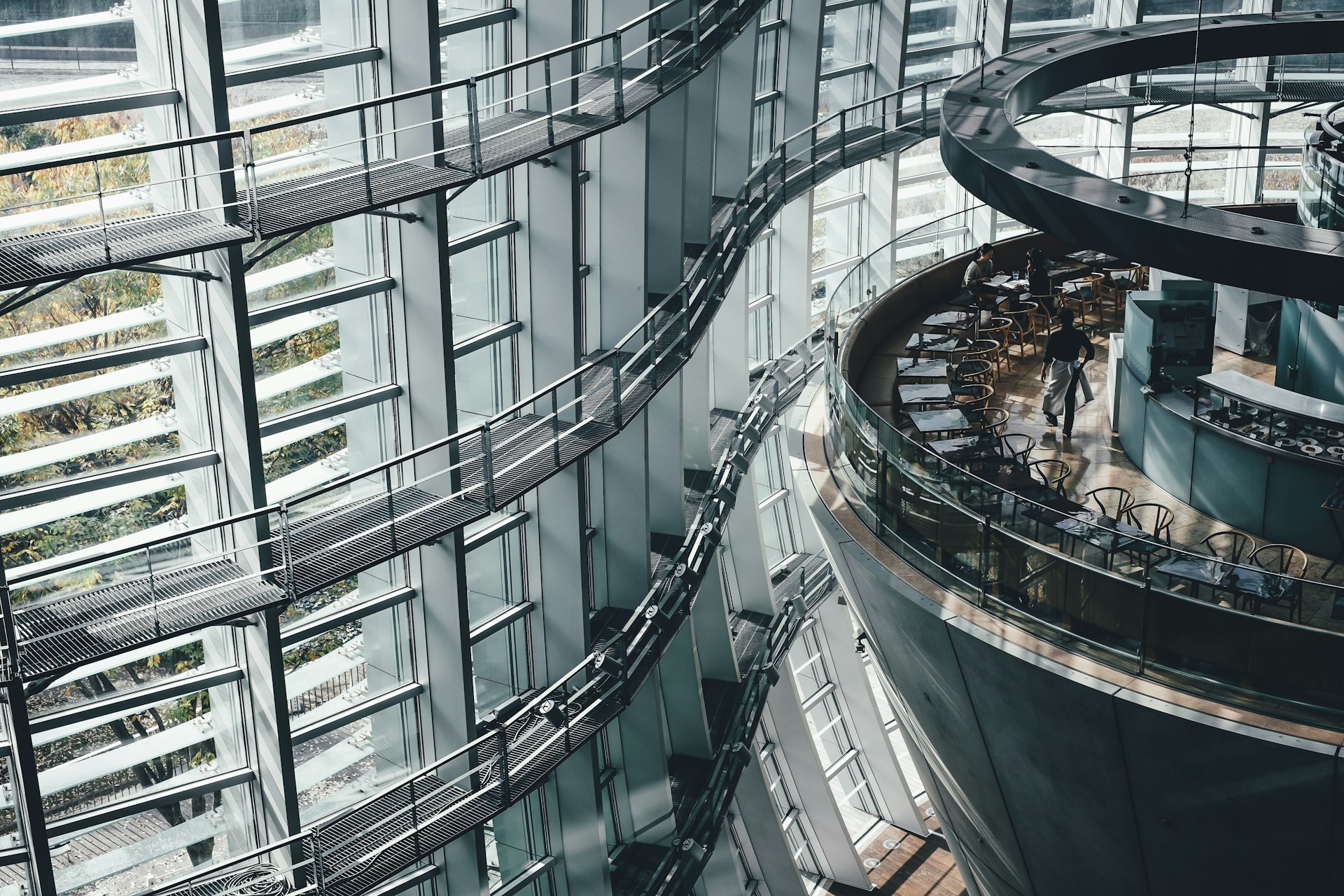
3. Mori Art Museum
Art with a view
On the 52nd and 53rd floors of Roppongi Hills Mori Tower, Mori Art Museum stands tallest among museums in Tokyo. Visit for the art and linger for the views.
Ticket holders of Mori Art Museum can also enter the open-air Sky Deck for just ¥500 (about US$5). It's a rare open-air observation deck in Tokyo, and the 360-degree view includes the iconic Tokyo Tower and the Tokyo Skytree. Even Tokyo Bay is visible by day.
The museum is a private institution that walks the tightrope between brave curation of cutting-edge art and pop culture. In the last few years alone, the museum has held exhibitions on the ukiyo-e painter Hokusai, as well as Hello Kitty and Attack on Titan, and it's collaborated with Hollywood darling Takashi Murakami and futurist designers and stars of Japanese architecture.

4. Ghibli Museum
Best for children and children at heart
Whimsical and fantastical, this museum looks like it belongs in a Ghibli movie itself. Ivy hugs the colorful walls, while a Totoro plushie grins from a fake entrance and one of Laputa's iron giants stands on the museum's rooftop.
The doors of the Ghibli Museum open to an even more magical space. Upon entering, you are given a ticket made from pieces of 35mm film that were actually used in theaters. You can hold it up to the light and see which scene from a Ghibli film you got.
Once in, there is original Ghibli art displayed, peeks into animation history and even a replica of Hayao Miyazaki's work desk. The museum screens short movies, some of which are exclusive to the museum and only available for a limited time. The cute cafe and museum shop on the premises are among the best places for Ghibli merchandise.
A special exhibition on The Boy and the Heron opened in November 2023 and is tentatively expected to run through to 2025.
At just ¥1000 (US$8) for an adult ticket (less for children), it is affordable but notoriously difficult to nab one due to high demand. Advance reservations only. Also, be prepared for the fact that no photos are allowed inside the museum.

5. 21_21 Design Sight
Best museum for design hipsters
With names such as starchitect Tadao Ando and fashion designer Issey Miyake involved, architecture, fashion and design otaku (geeks) fall head over heels for this museum.
Architects and Japan have always had a special affair – every architect wants to visit the country with the most Pritzker Architecture Prize winners. One of those winners is Tadao Ando, so 21_21 Design Sight's building alone is art, with its sloping concrete roof and underground halls. It's made both to blend into Midtown Garden greenery and to stand out with its concrete geometry.
The art exhibitions often fulfill the tall order of showing something you've never thought of before – 2021's "Translations," for instance, had robot monks singing sutras and a computer screen room translating everything you said into myriad languages, among other things. In 2024, Shunji Yamanaka's prototyping of the future, and an exhibition of ethereal works by American artist Daniel Brush are in the calendar.
6. Tokyo Metropolitan Teien Art Museum
Local art lovers' best-kept "secret" spot
As much as public institutions can be secret, or as much as secrets can exist today, the Teien Art Museum is something close to a secret – at least, it's relatively uncrowded.
Open since 1983, it's housed in the former residence of Prince Asaka Yasuhiko, a building designated one of Japan's Important Cultural Properties. The prince and princess lived in Paris in the golden age of art deco, so the whole building was constructed in that style by the best artisans of the time.
Today, the exhibitions at Teien Art often focus on art deco or have a French connection, such as the recent displays of glass art by Lalique. The museum's 2024 spring exhibition celebrates the museum's 40th anniversary, with an exhibition that analyzes and interprets anew the building, its construction and its artefacts.
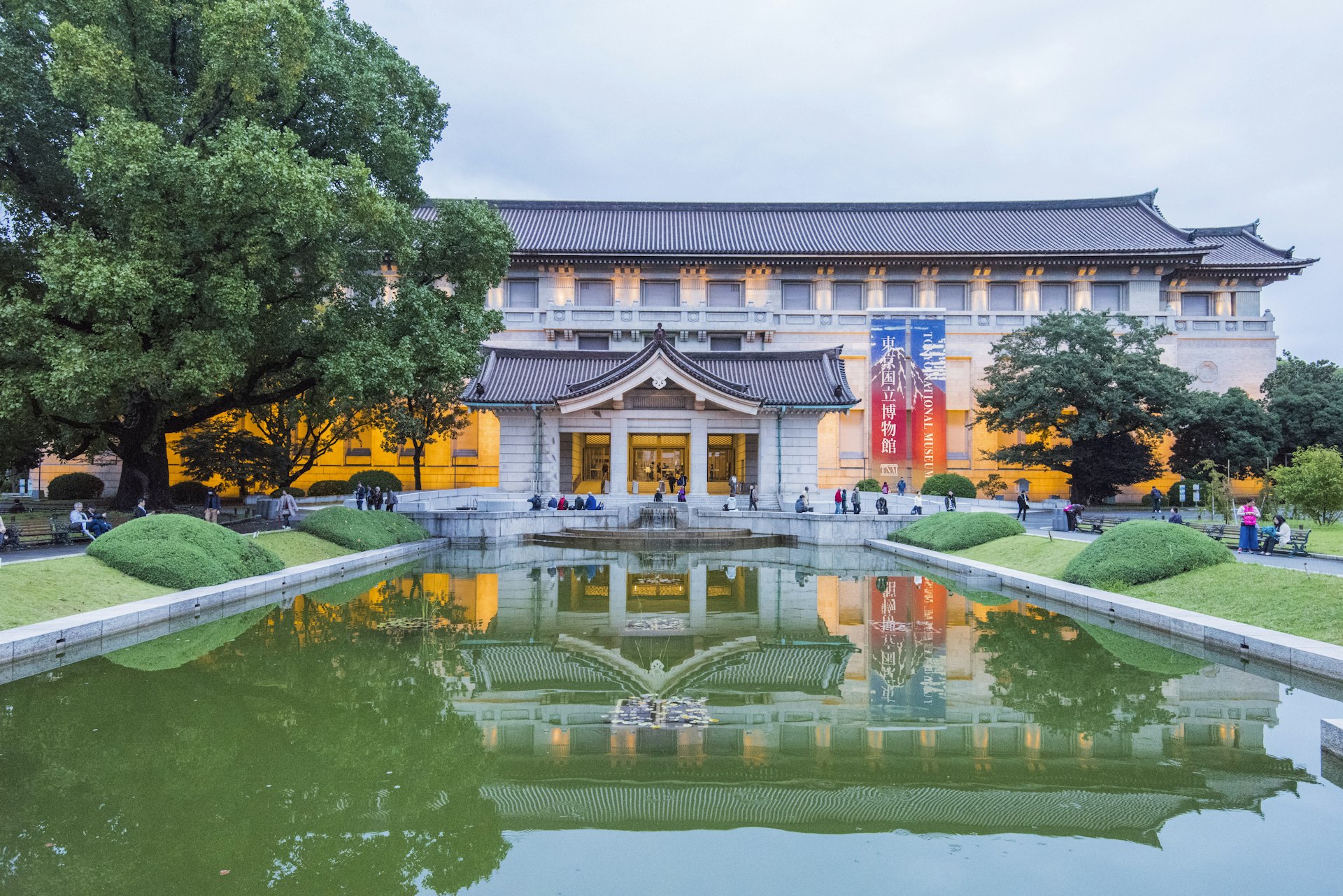
7. Tokyo National Museum
Best museum for first-time visitors to Japan
The Tokyo National Museum in Ueno Park is Japan's first, oldest and largest museum, displaying a vast collection of primarily Japanese artworks for 150 years now. There are yet more superlatives in order: with more than 100,000 pieces, hundreds of them national treasures, the Tokyo National Museum possesses one of the biggest and best art and history collections in Japan, featuring paintings, sculptures, calligraphy, architectural models, metalware, swords, pottery, archeological objects and more.
With a wealth of traditional Japanese items, such as kimono, samurai armor, calligraphy scrolls and ukiyo-e woodblock prints (mainly in the Honkan building), it's a must-visit for all Japan aficionados. Since most Japanese people would have visited this landmark museum early on, it's often uncrowded and relaxed, with spacious exhibition halls spread over six buildings. In the teahouses in the garden, you might even chance upon a haiku gathering.

